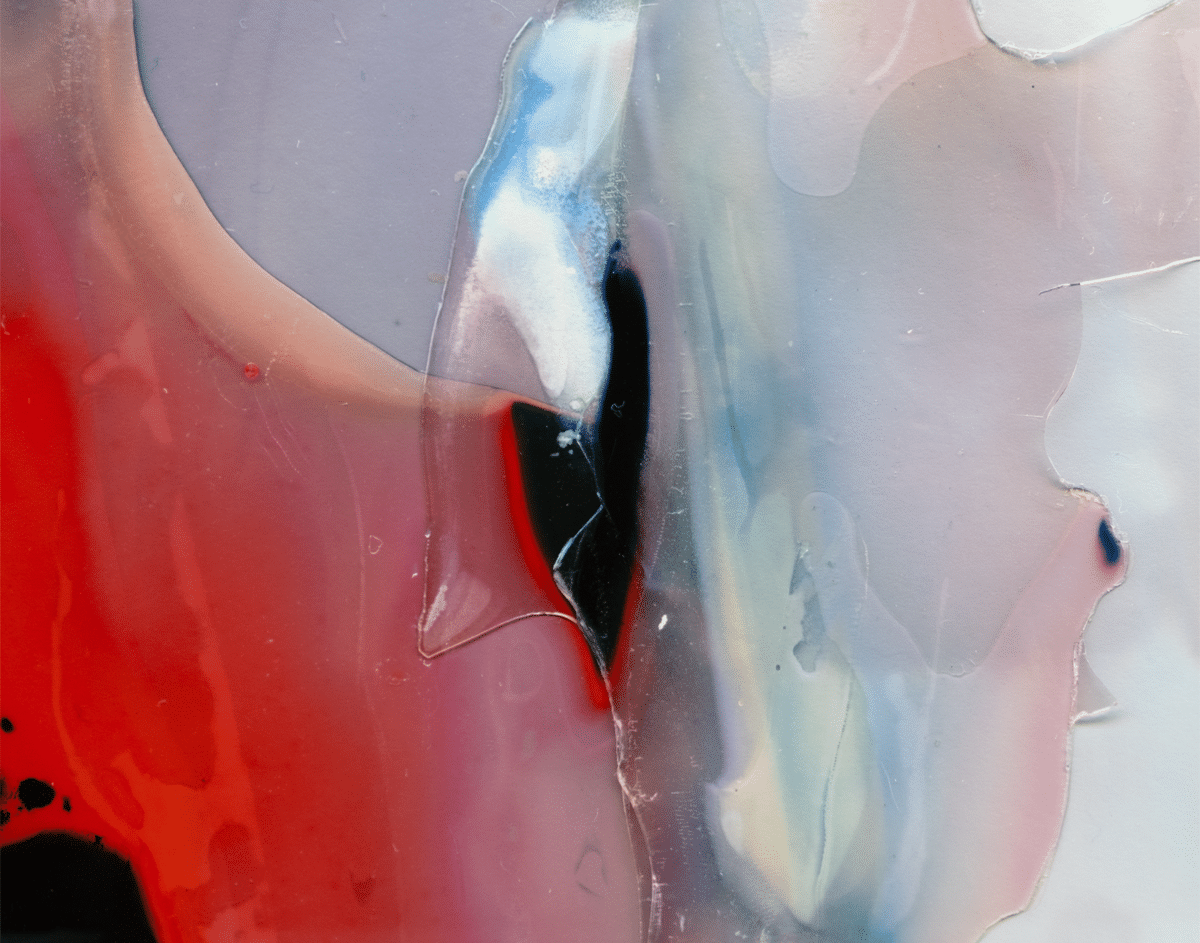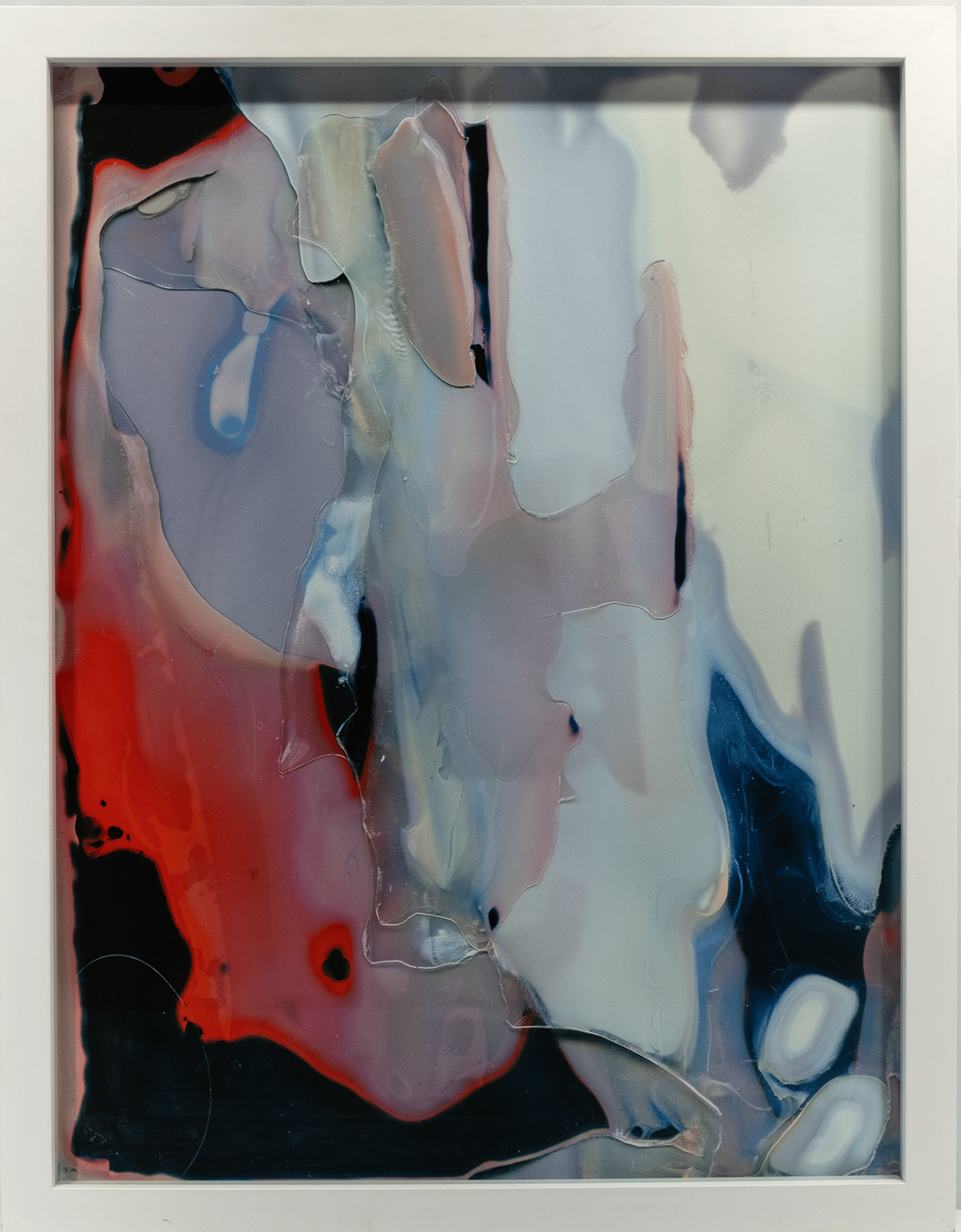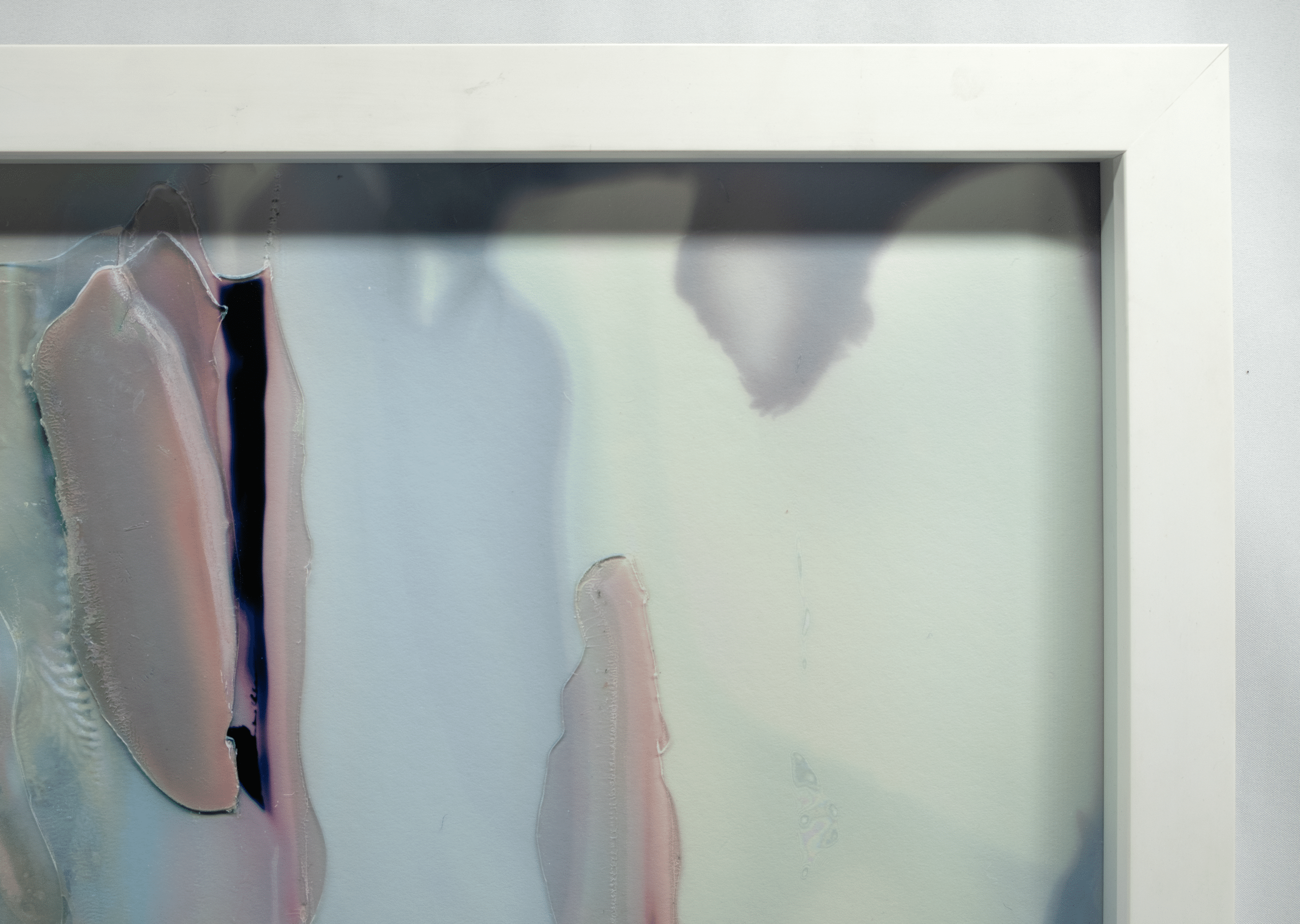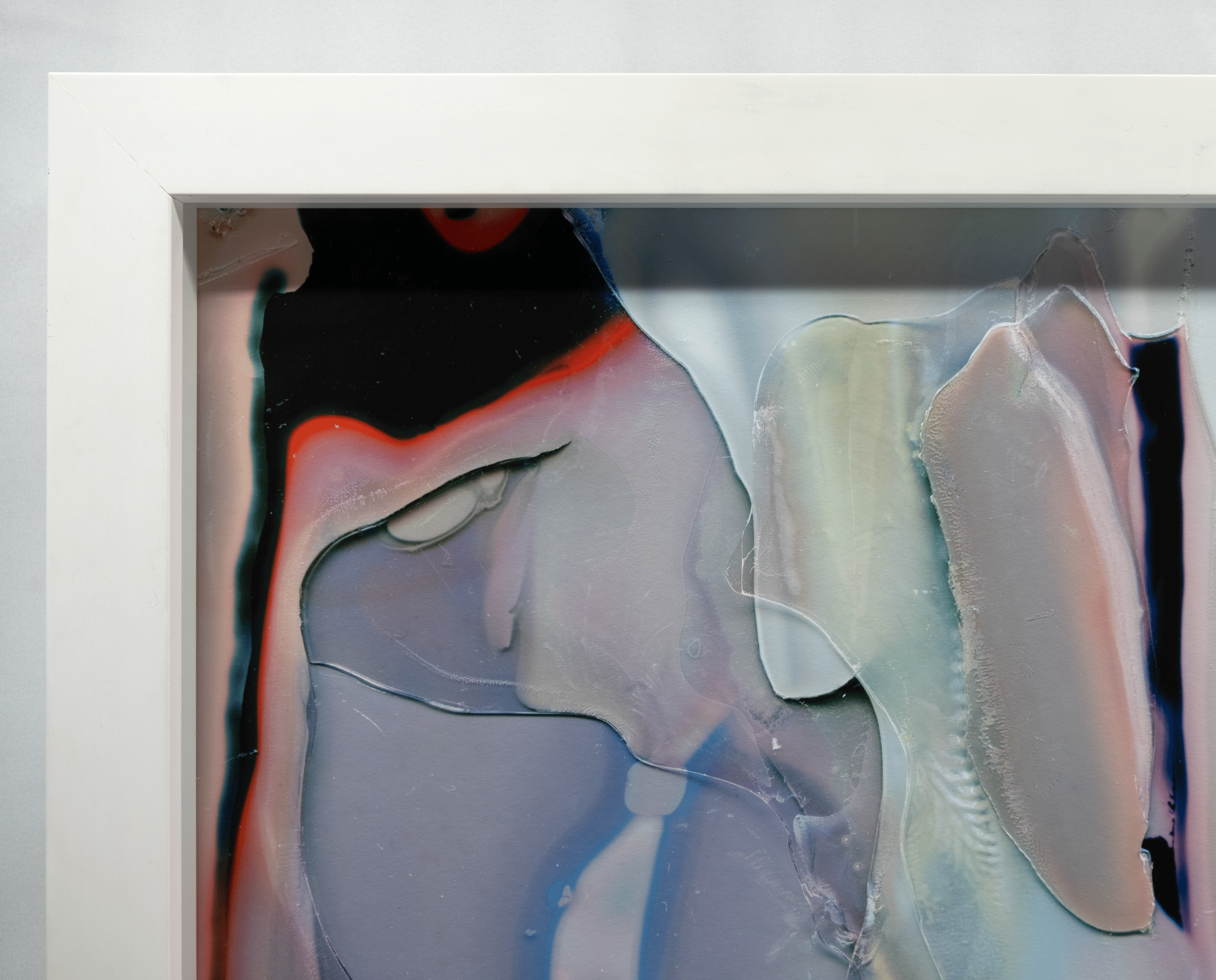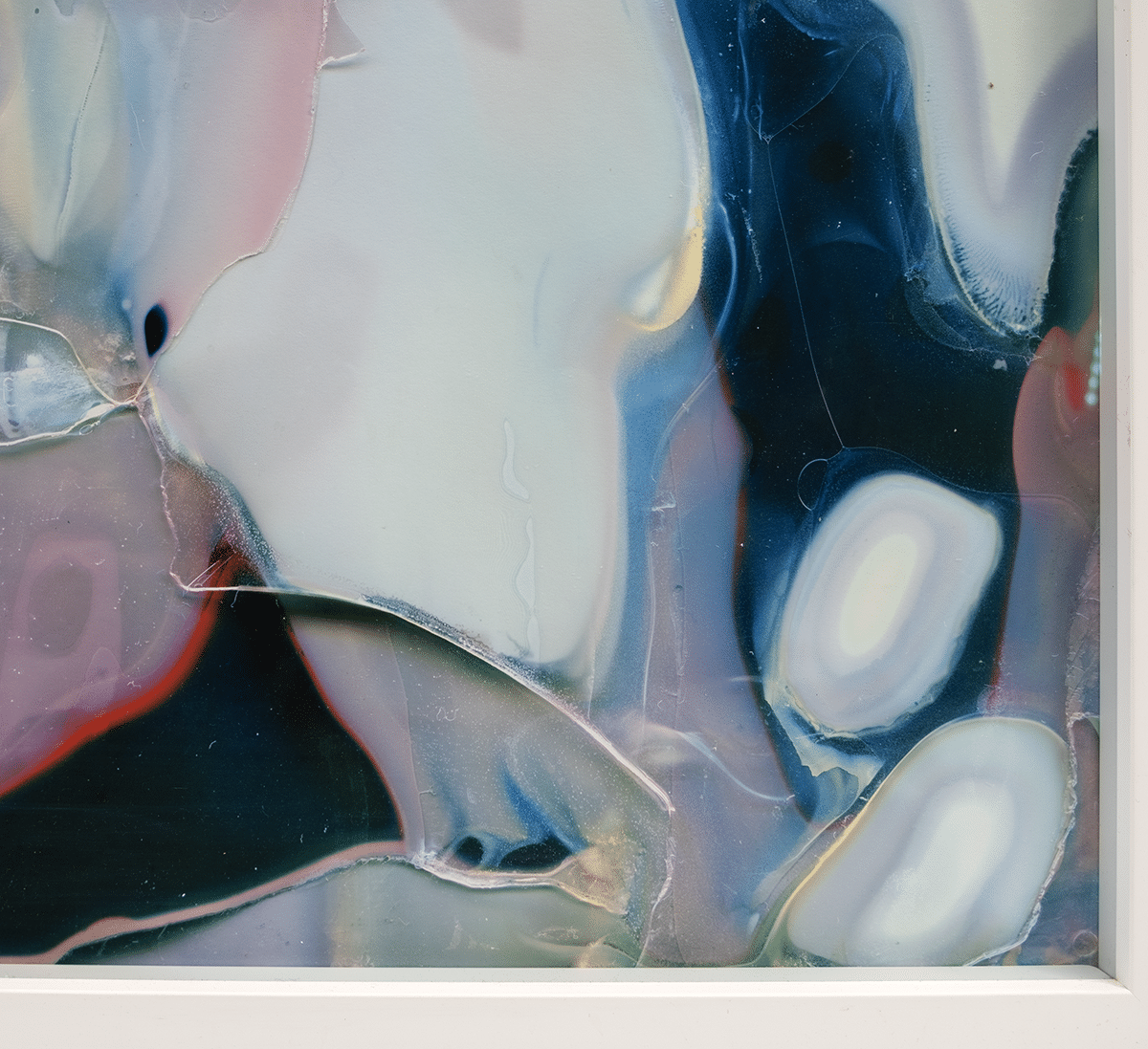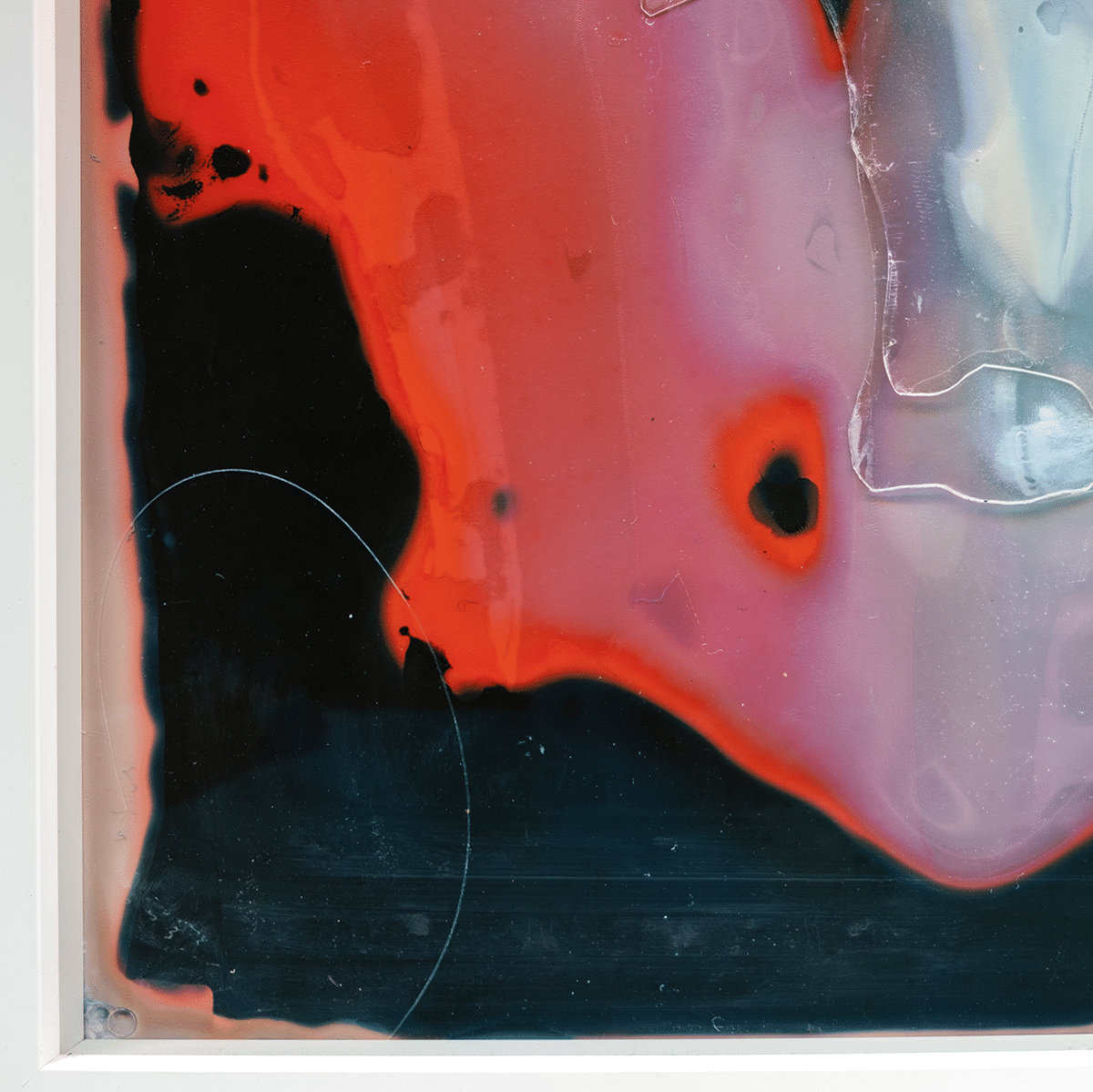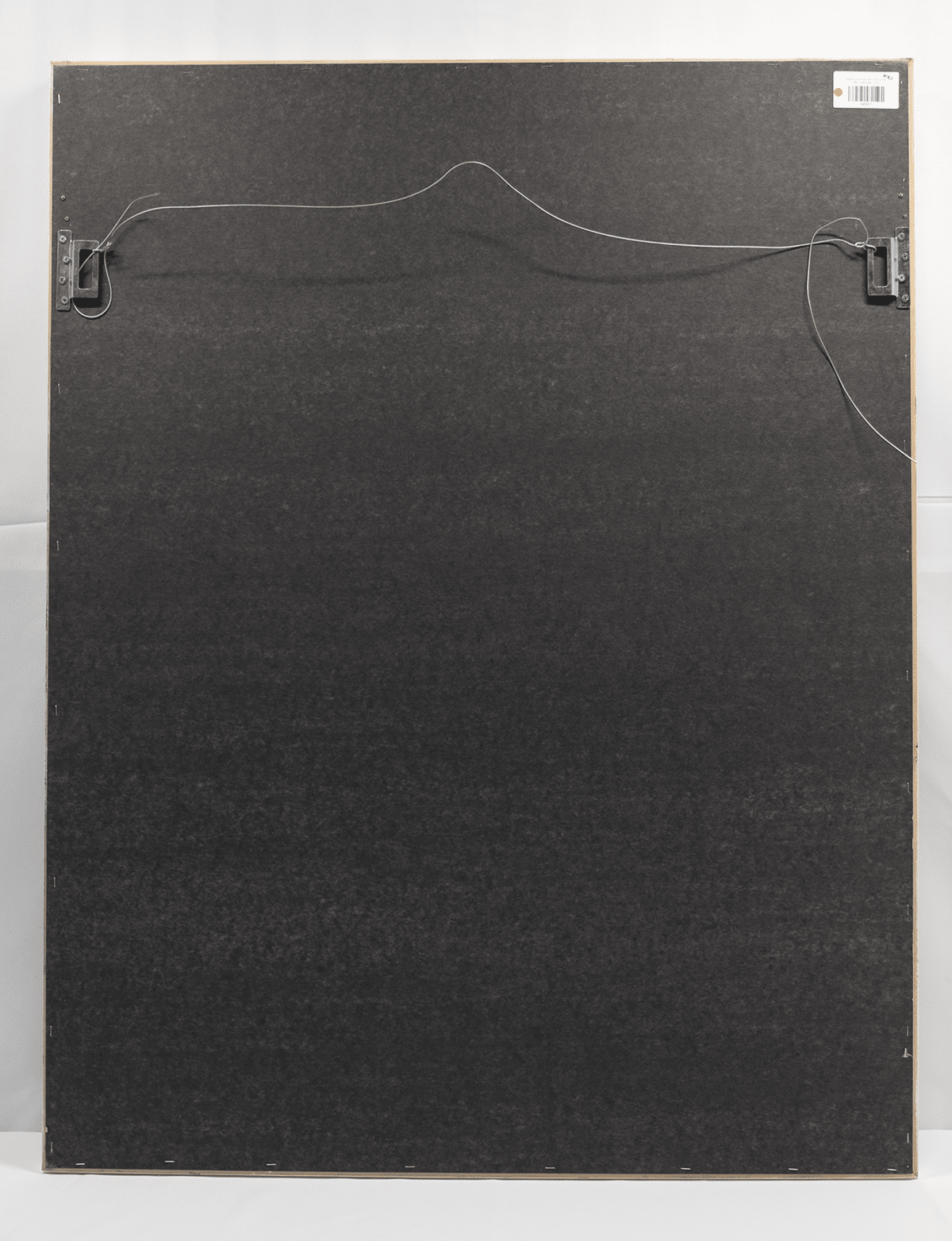Archivale pigment print. Signed, dated, numbered and titled (on a separate artist's label). Sold with a certificate of authenticity issued by G/P Gallery, Tokyo. Image dimensions approx 89.5*68 cm, frame dimensions approx 102.5*76 cm.
Provenance: G/P Art Gallery, Tokyo.
Back to offer overview
Biography
Born in Japan in 1983, photographer Daisuke Yokota studied at the Nippon Photography Institute in Tokyo. During his education, he was influenced by photographers who worked at the photographic cooperative Vivo, founded in 1957, and those organized around the magazine Provoke, founded in 1969. The Provoke manifesto stated, “…. to seize fragments of reality far beyond the reach of pre-existing language, and presented materials that actively resisted words and ideas … materials to provoke thought.”. Vivo existed for only four years and Provoke magazine consisted of three editions but both organizations made their mark on modern photography in Japan. Photographers such as Daido Moriyama and Takuma Nakahira naturally worked with analog equipment. When Yokota graduated, the digital age began which, of course, was accompanied by other techniques that also allowed Yokota to free himself from the views on photography that he had received in his education. In 2013, photographs from the Nocturnes Series from 2012 will be shown at the museum Foam in Amsterdam. The photographs are the result of a process that involves first re-photographing existing prints and varying the development time. The resulting prints are then scanned and laid out in Photoshop in several layers from which the final photograph emerges. Yokota has developed his own style by focusing on the processes and materials used to make photographs. According to him, his new way of taking pictures came from “ideas that emerged from his daily work.” As a child, he collected fossils and crystals and joined a chemistry club in elementary school. Yokota sees a great similarity between his experiments mixing all kinds of chemicals and experimenting with that which he now does with photography. After college, he builds a darkroom and starts printing photographs at home. In 2008, he submitted work to New Cosmos of Photography with photos he had manipulated with photo editing software. He used the editing software to erase unnecessary elements; the intention was not to edit photos so that you would not see that things had been erased. The photos showed disturbing images that almost looked like graphic art. He receives an honorable mention. In the following years, Yokota continues to work on his production techniques. Around 2012, he is working on a technique that is camera-less; the phase of shooting is skipped and the unexposed film is developed directly. Thus, the process does not begin with a pre-existing image. In this color work, Yokota focuses more on the emulsion, on the different textures, than on the subject. If he finds a photograph in his collection that appeals to him, he makes a digital image of it, develops it and rephotographs the image up to 15 times, until it becomes more and more degraded. He develops the film in ways that are deliberately “incorrect,” by allowing light to leak through or scorching the negatives using boiling water or acetic acid. The supposed subject blurs and shadows, textures, smudges and other types of visual noise are created. According to Yokota, “There are no stories in my work. There is only what the viewers themselves find in it. I am more interested in exploring time and multiple possibilities that exist in reality.” Yokota uses multiple layers of re-photography to obtain happy accidents, assimilating his ideas about how memory is formed and developed over time. He explains: “We remember a single past experience over and over again, but never the same way twice. Memories are experienced in relation to the present. As we repeatedly recall our memories, I believe these memories change in relation to what is happening to us now. Although physical experience of time is singular, time on a conscious level can multiply with each memory of a memory, and the different experiences of time generated by these actions parallel a physical time. By recreating those multiplying memories through a series of memory actions, I use them as important data that tell me about my present self and the world around me.”
Information and quotes from:
https://www.foam.org/artists/daisuke-yokota
https://global.canon/en/newcosmos/interview/daisuke-yokota/index.html
https://1000wordsmag.com/daisuke-yokota/

